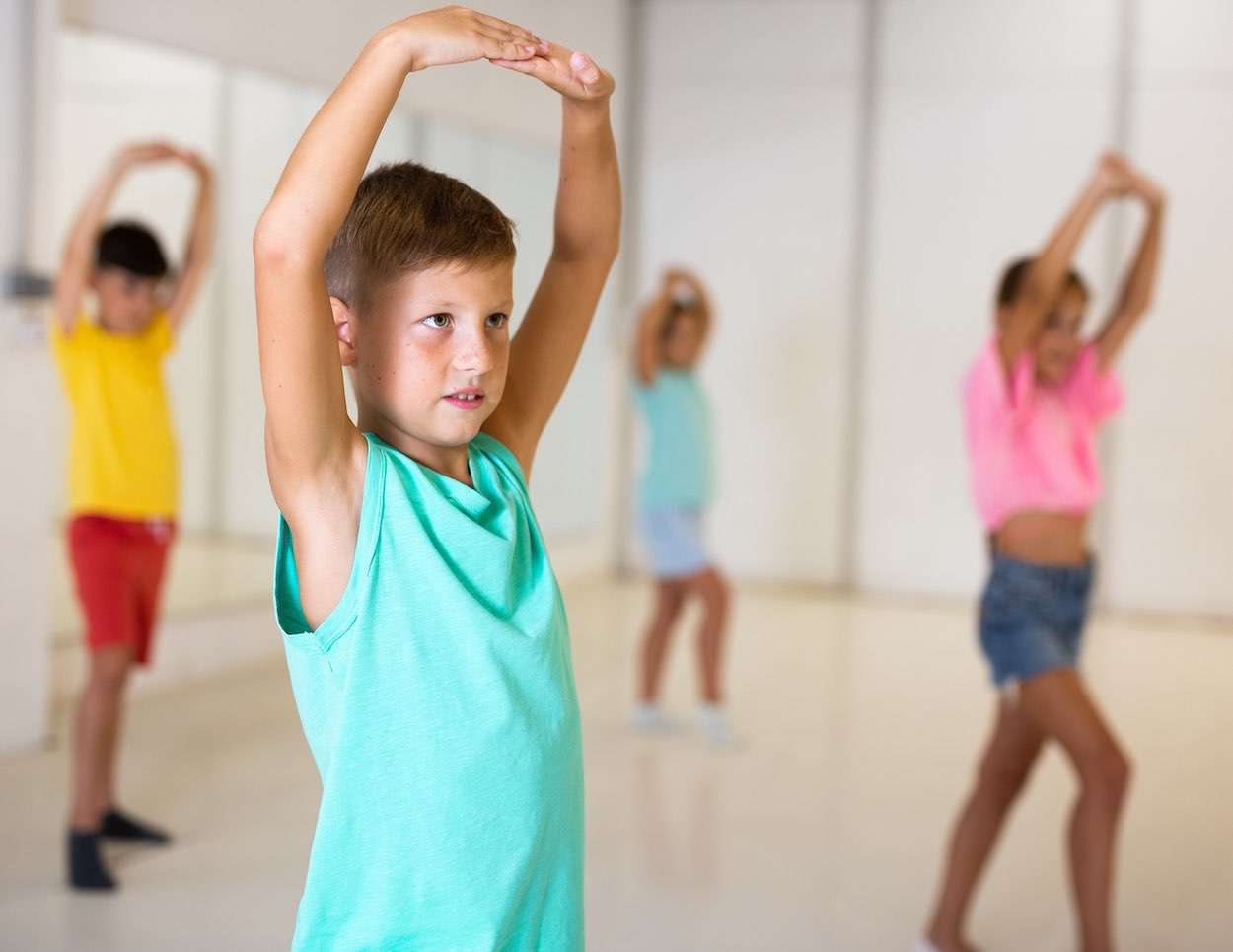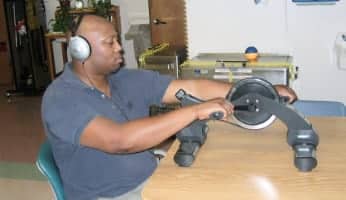TJ’s Journey to Improved Confidence and Physical Abilities with IM Training

Home - Testimonials - Pediatric Testimonials - TJ’s Journey to Improved Confidence and Physical Abilities with IM Training

TJ’s Journey to Improved Confidence and Physical Abilities with IM Training
“TJ”, a seven-year-old boy, was diagnosed with ADHD.
He was prescribed Ritalin, but his parents were still concerned with his behavior. They noted that he continued to have difficulties in sustaining attention, sitting still and completing tasks.
He avoided and even resisted activities that presented new motor challenges. For example, when children from the neighborhood were playing soccer and asked him to join he refused.
Exploring Other Options: Turning to Interactive Metronome (IM)
After a year, his parents decided it was time to try something else.
They obtained a referral for TJ to try Interactive Metronome (IM) at Optimal Training Functions, an occupational therapy clinic.
Because of TJ’s difficulty with attention and organizational skills in the classroom the SCAN-C screening tool for basic auditory processing was performed during the initial clinical evaluation.
Initial Evaluation: Motor Challenges and Auditory Processing Issues
He scored in the low-normal range (the 16th percentile) in his ability to process “filtered words” or verbal information that is partially obscured due to a hand over the mouth or the speaker turning away.
TJ also had difficulty with eyes-closed balance and stability and with coordinated limb movements, such as: jump-turn, batting the ball while on hands/knees and the belly crawl.
The results of TJ’s IM pretest assessment confirmed the clinical observations.
He showed a severe deficiency for a child his age, revealing difficulties with motor planning and sequencing.
He said he often “forgot to listen” to the auditory beat and demonstrated great difficulty in attending to tasks and adjusting his motor activity to the auditory stimuli.
Improvement Through IM Training: 15 Sessions
TJ returned for 15 sessions using Interactive Metronome.
At the completion of the last session, he had improved by 81% to within a range considered exceptional for a seven-year-old.
Six weeks after TJ completed Interactive Metronome training; I was rewarded by receiving a letter he wrote without any prompting to say , “Metronome rily (sic) helped me so much!”
Social and Physical Changes at Home and with Peers
TJ’s parents reported that the most significant changes were in his ability to interact with his neighborhood peers.
When I saw him during a three month follow up, his parents noted that he continued to try new motor activities with less resistance and frustration and now even rollerbladed.
According to his parents, “The physical changes have stuck. He is more interactive and selfconfident too.” As TJ’s interaction and socialization increased his parents worked with him on appropriate social rules.
They also noted that he displayed improved organizational skills in initiating and completing tasks.
Follow-Up: Improved Balance and Continued Progress at Home
During my last follow up with TJ, I observed improved eyes-closed balance and stronger core stability.
After completing the IM program in the clinic, TJ started a daily home program of various visual tasks to continue to support the progress he had made in his organizational skills.
Karen E. Voss, OTR is Sensory Integration (SIPT) and Interactive Metronome (IM) certified and SST trained. She is the owner of Optimal Training Functions in Denver, Colorado.




